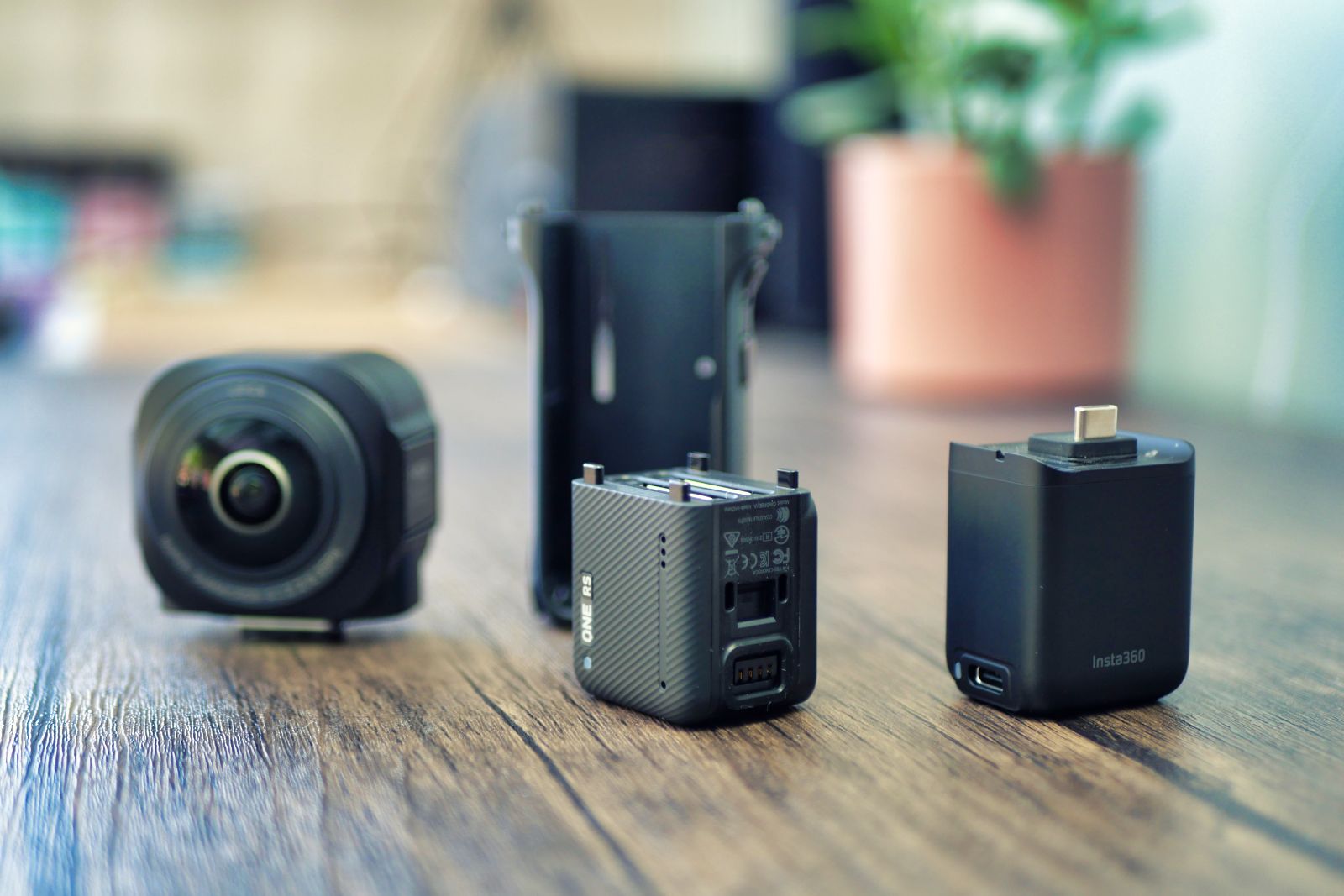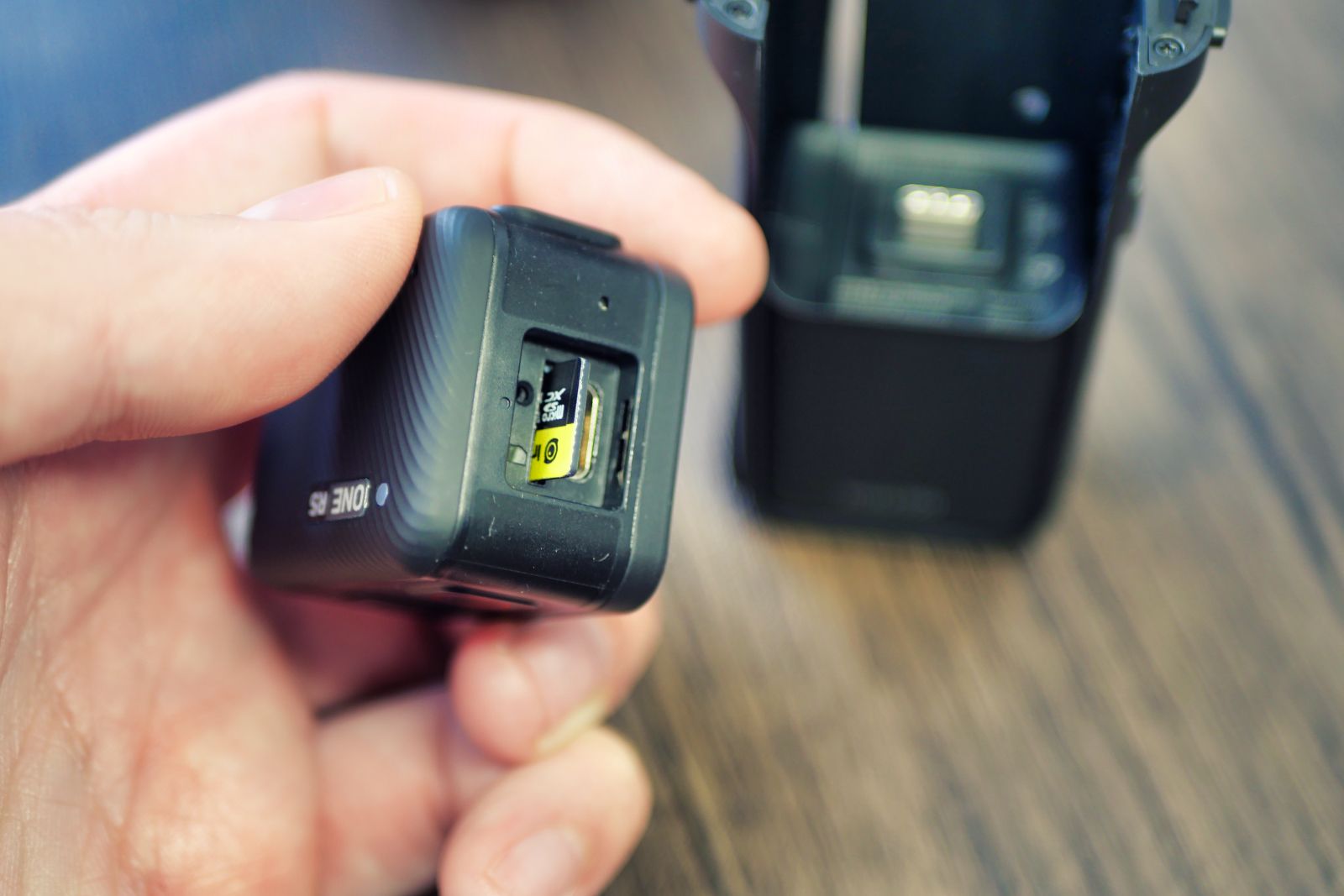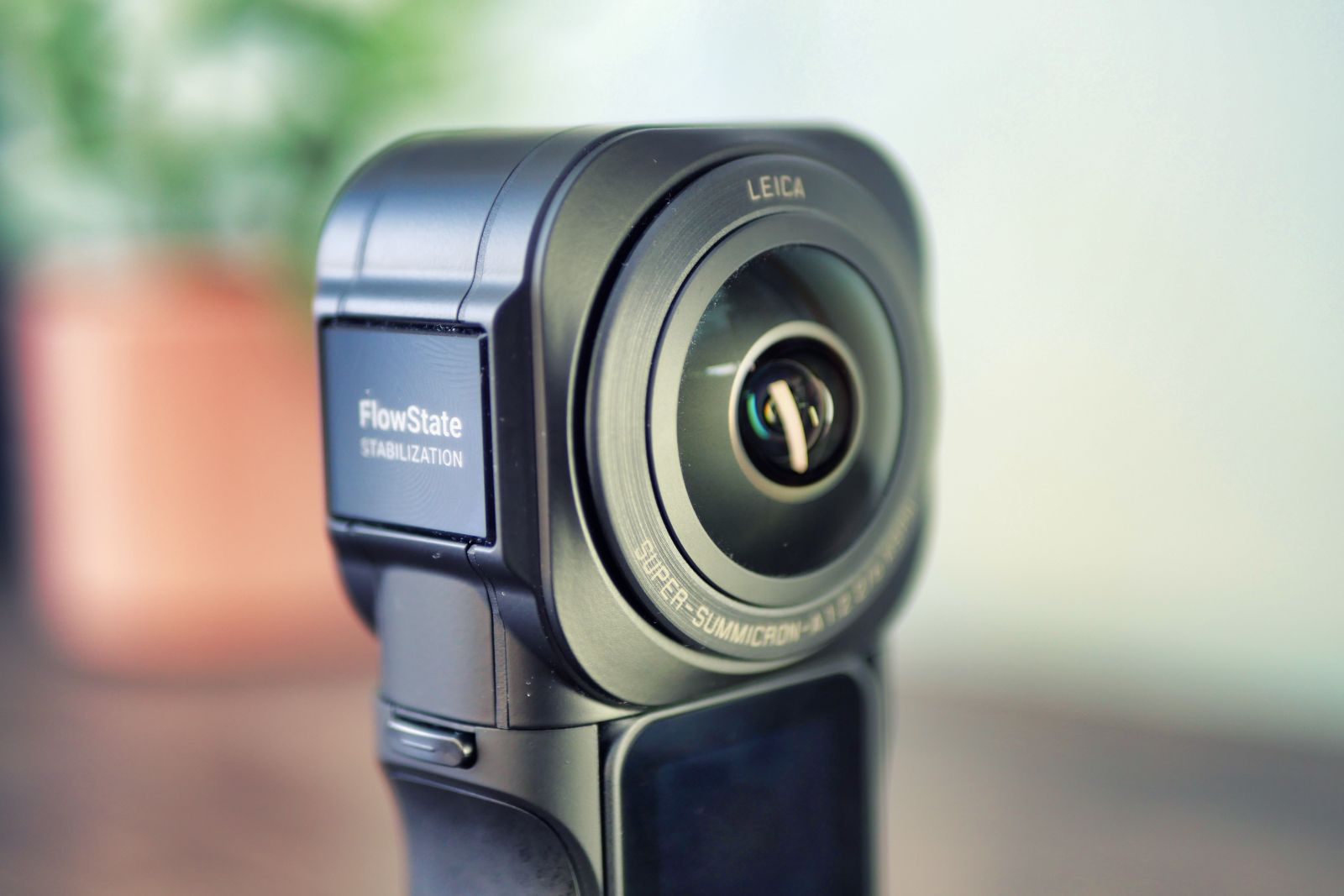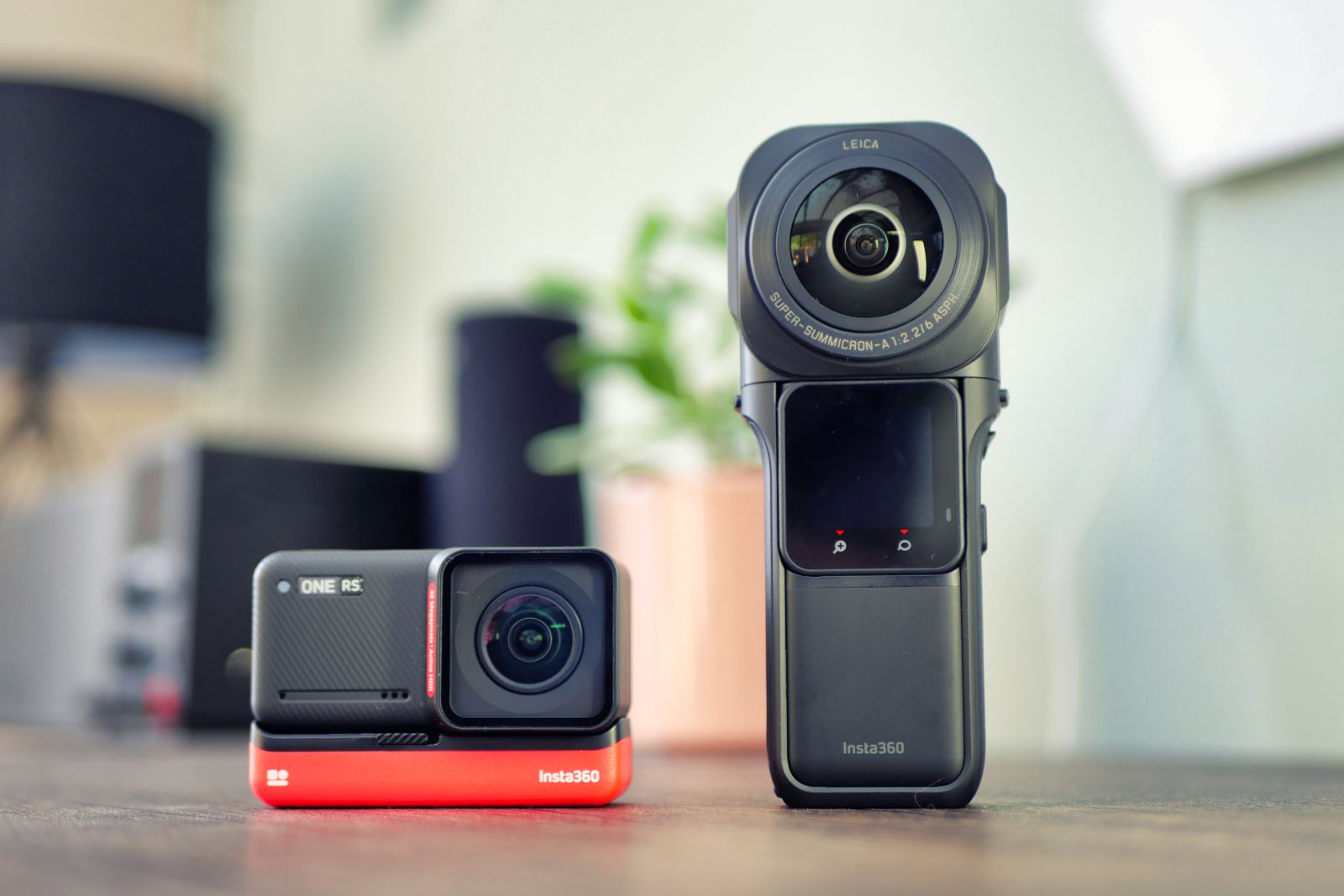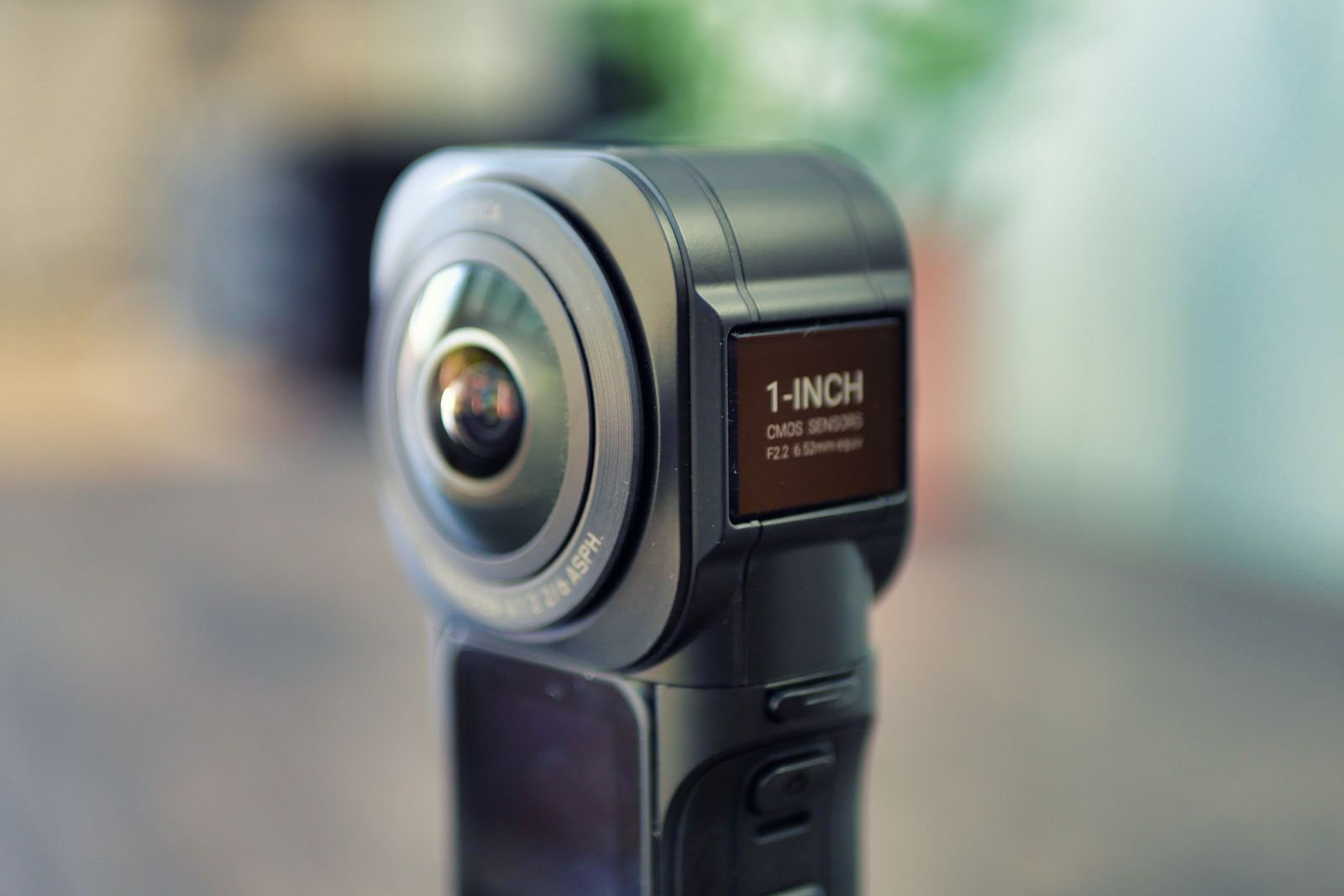Insta360 continues to add to the modular One RS family with the introduction of its latest camera, the One RS 1-inch 360 Edition.
This time, the brand has teamed up with the imaging experts at Leica to develop a 360 module with dual 1-inch sensors.
Its large bulbous lenses and Leica branding give the appearance of a serious image-making tool, but how does it perform in the real world?
We've been putting it to the test in an effort to find out.
Our quick take
The Insta360 One RS 1-Inch 360 Edition is without a doubt Insta360's most impressive 360 camera to date.
Along with the image quality, though, comes a serious price tag - and that's sure to put a lot of potential customers off.
If you're producing 360 content commercially - for real estate purposes or virtual tours, say - then the 1-inch edition makes a lot of sense. For the average consumer, it's hard to justify.
The decision to make this camera a part of the One RS modular family is a bit of a puzzling one, as well. The engineering behind the new form factor is impressive, sure, but the upgrade cost for existing users is substantial since only the core is compatible.
Regardless, if you happen to fall within this camera's somewhat niche target market, the low light performance is seriously impressive and the increased resolution makes a big difference in sharpness. It's a great camera - it's just for a very specific type of user.
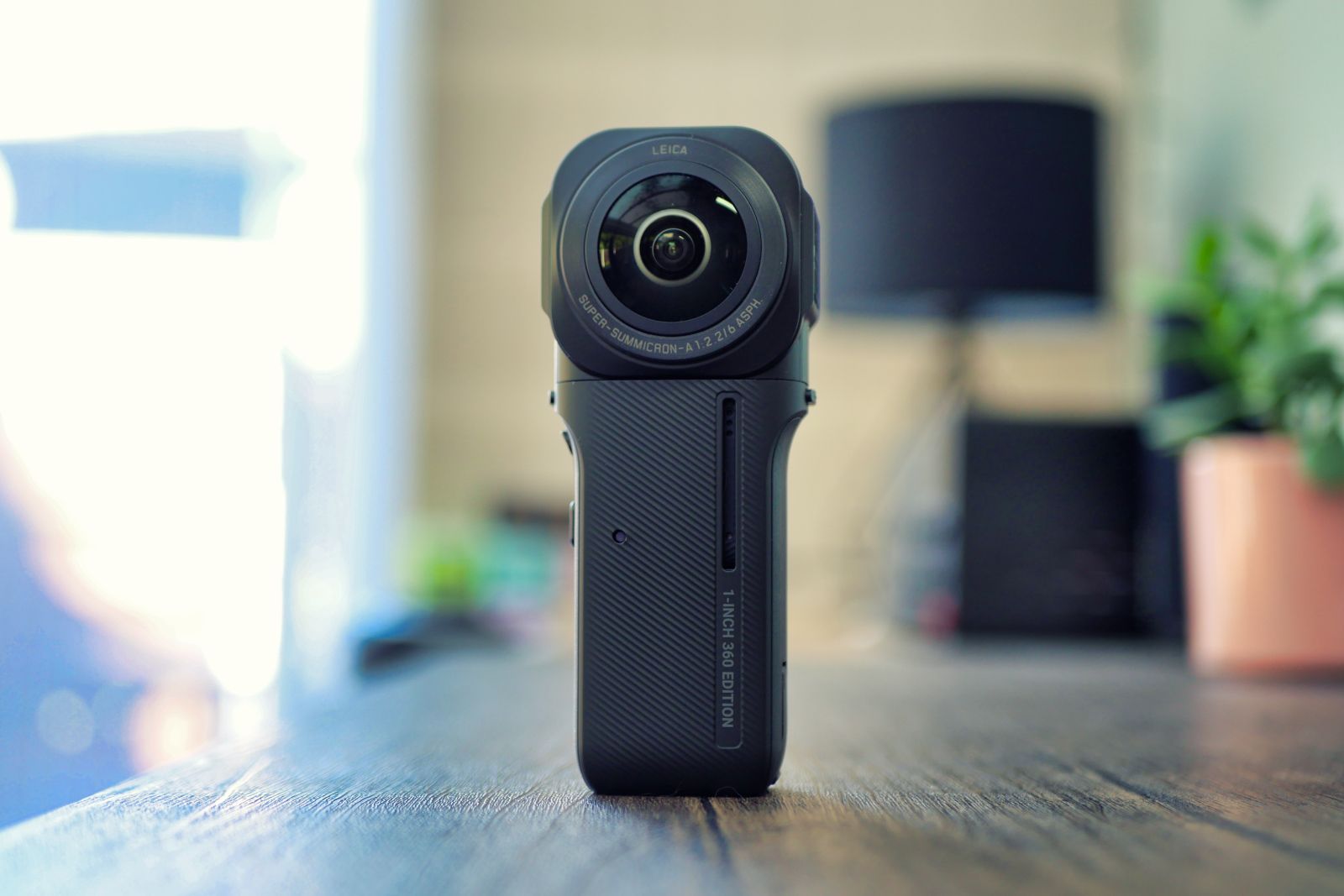
Insta360 One RS 1-inch 360 Edition - 4.0 / 5
| FOR | AGAINST |
|---|---|
|
|
Insta360 ONE RS 1-Inch 360 Edition - 6K 360 Camera with Dual 1-Inch Sensors, Co-Engineered with Leica, 21MP Photo, FlowState Stabilization, Superb Low Light, Water Resistant
Design
- Modular system utilising One RS core
- IPX3 water resistance
- Weight: 239 grams
- Dimensions: 53.2 x 49.5 x 129.3mm
The design of the 1-inch 360 Edition is seriously clever. It utilises the same Core module as the Insta 360 One RS but configures it in a vertical format that's more akin to the brand's non-modular 360 cameras.
The reason for the orientation change is simple: the lenses are far too large to fit the standard configuration without looking extremely lop-sided and off-balance.
In this vertical format, the Core can't be powered by the same battery terminals, so Insta360 has developed a USB-C battery module that essentially acts as a power bank. The battery and core can be slid in and out of a plastic frame, and the oversized camera module securely clips into the top with two retaining latches. When assembled, the camera feels reassuringly sturdy, and the new form factor feels natural to hold.
There is a downside to this new configuration, though. Removing the SD card now requires disassembly, as the port is sandwiched between the battery and core modules in the middle of the frame. It's not the end of the world, and probably takes the same amount of time as opening the fiddly door on the standard One RS, but it's a bit more of a hassle than we would like.
The camera module features two bulbous lenses that measure over an inch in diameter. They are encircled by Leica Super-Summicron branding, which inspires confidence in the optics. It's hard to say how much involvement Leica has actually had in the development, obviously, but its approval is a good sign.
On the sides of the camera module, meanwhile, are glossy plaques that advertise the 1-inch sensors and FlowState stabilisation. These look like OLED displays at first glance, but they are, in fact, just shiny plastic. It's a bit of an odd choice. It doesn't look bad per se, but it might look better without them.
The 1-inch 360 Edition is IPX3 certified (when assembled), so it's safe to use in light rain or snow, but it's not submersible like the standard 360 module. However, that's no major loss, as 360 videos don't tend to work very well underwater.
Insta360 doesn't recommend the 1-inch 360 Edition for action-sports usage, either. Instead, the new model is designed for travelling content creators, tours and real estate.
Software and features
- Insta360 app on desktop and mobile
- FlowState stabilisation
- Support for external microphones (with optional accessories)
The software experience is essentially the same that we are used to from the One RS and One R, and that works nicely for us. On both Windows and Android, the importing of footage, reframing and exporting is intuitive and fluid - so long as your machine has the specs to handle 6K video playback. We also found that we could connect the app much more reliably than with our GoPro cameras, which made it much more pleasant to use.
Since the software is the same, we get access to all the great tools that we have enjoyed using with the standard One RS. As before, reframing via DeepTrack works fantastically on human subjects and does a respectable job on other objects, too.
One of our favourite things about shooting in 360 is the ability to render out multiple options of the same clip, and Insta360 Studio makes that really easy. For example, you can render out a 16:9 clip for YouTube, a 9:16 clip for your Instagram Story and a 1:1 clip for Twitter in a matter of minutes. It's really handy for content creators. Plus, you can export at up to ProRes 422, for editing in a traditional NLE like Premiere Pro.
The audio quality remains the same on the 1-inch 360 Edition, as the microphones are housed on the One RS Core module. We weren't overly impressed with the microphone quality on the One RS, but, thankfully, Insta360 has introduced some clever accessories to improve things. If you purchase the mic adapter and specially designed bracket, you can now hide the Rode Wireless Go or Go 2 within the stitch lines of the lenses for invisible high-quality audio.
Photo and video quality
- Dual 1-inch sensors with f2.2 lenses
- Up to 6K 30fps video
- Up to 21MP 360 photos
- New PureShot HDR photo mode
As the product name suggests, the largest change in image quality comes from the larger 1-inch sensors used in the camera module. There's a resolution increase, too, from 5.7K to 6K. However, in practical terms, it's not much of a leap.
In good lighting conditions, the new 1-inch module produces noticeably sharper images in both video and photo modes. The colours appear more natural and lifelike, whereas the standard 360 module tends towards the warmer end of the spectrum. We also noticed that the new module retains more detail in the shadows, but it's still a pretty contrasty image overall.
In daylight, the improvement is noticeable, but it's not mind-blowing and based on that alone, many current users may not feel the need to upgrade. In darker conditions, however, the story gets a lot more interesting.
360 cameras aren't typically very good in dark conditions, due to a combination of small sensors and the need to capture light in all directions at once. The One RS 360 module was no exception, producing grainy and muddied images in challenging lighting. The 1-inch 360 module, on the other hand, is a different beast entirely.
We took the 1-inch 360 Edition around some dimly lit tradeshow halls, as well as a rural street lit only by LED streetlights, and the difference was incredible. The 1-inch module is capable of capturing a decent image in very dim conditions - long after the standard 360 module image had fallen apart.
One thing to keep in mind, though, is that your videos are subject to lower shutter speeds in low light. This means that camera shakes and fast movement result in motion blur that FlowState stabilisation can't correct. So, in low light conditions, you need a steady hand or a tripod to get the best results.
We also tried out some long exposure night photography with the 1-inch 360 Edition and were very impressed with the results. Insta360's PureShot HDR processing does an excellent job of retaining details, as can be seen in our test shots, with visible stars alongside light trails from a busy stretch of motorway.
Just like with video content, a great benefit of 360 photography is the ability to render out multiple images from a single photograph. You can choose a linear frame in any direction, fisheye view, create a tiny planet or simply share a 360-degree view. It's great fun to play around with after the fact.
Insta360 ONE RS 1-Inch 360 Edition - 6K 360 Camera with Dual 1-Inch Sensors, Co-Engineered with Leica, 21MP Photo, FlowState Stabilization, Superb Low Light, Water Resistant
To recap
Its appeal may be niche, but the Insta360 One RS 1-inch 360 Edition is an impressive camera. If you happen to be one of those who can take advantage of the improvements, and can stomach the cost, we don't doubt you'll be pleased with the results.

